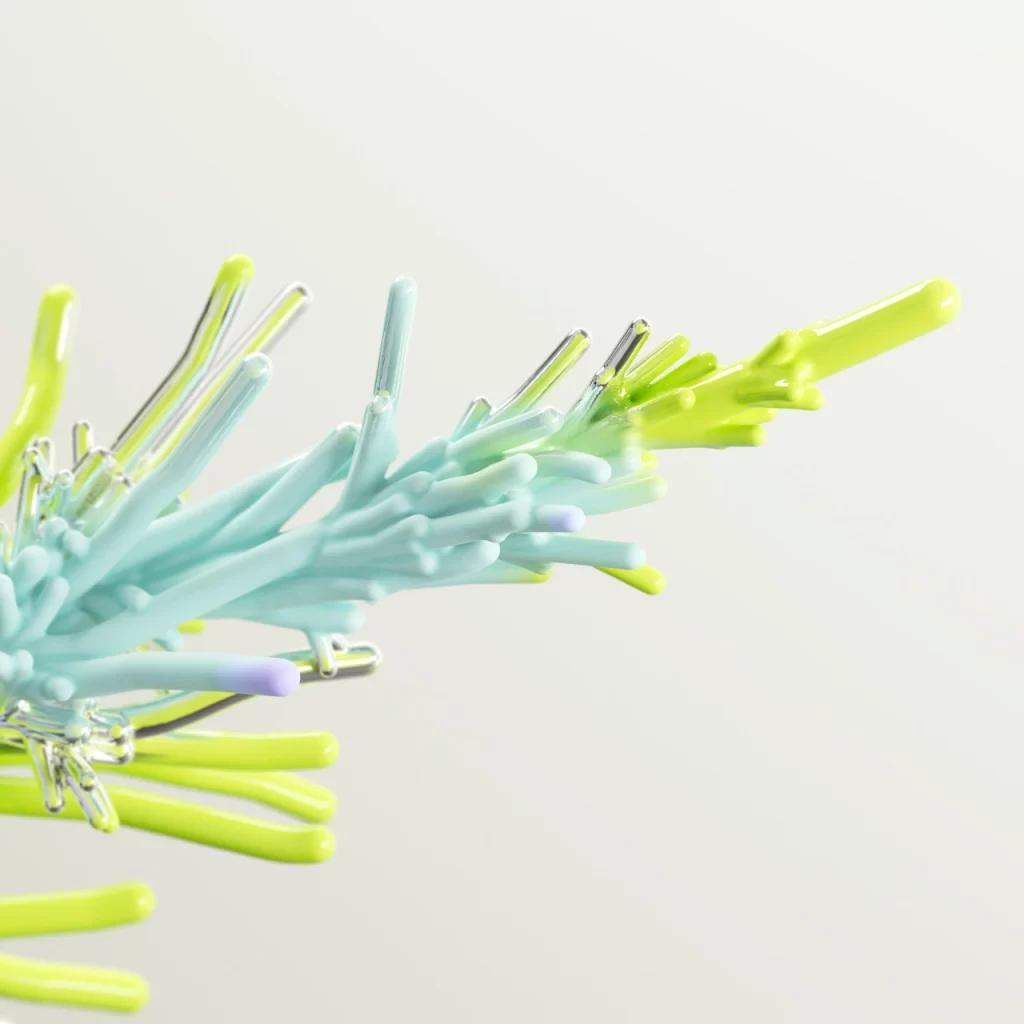
AntiCAD has emerged as a pioneer in the field of computational design, redefining how architects and designers approach both acoustic and kinetic structures. Using powerful tools like Rhino 3D and Grasshopper Rhino, AntiCAD allows for the seamless creation of parametric designs that optimize both functionality and aesthetics. By integrating DFMA (Design for Manufacturing and Assembly) principles with cutting-edge technologies like architecture augmented reality and 3D printing construction materials, AntiCAD offers a comprehensive framework for designing intelligent, adaptable structures. Influenced by visionaries such as Elijah Yang, Arturo Tedeschi, and Zaha Hadid, AntiCAD pushes the boundaries of parametric facade architecture, creating living facades that respond dynamically to their environments.

The Role of Rhino 3D in Acoustic and Kinetic Design
Rhino 3D is at the core of AntiCAD’s approach to computational design. This software provides a robust modeling environment that enables architects to create complex geometric forms with high precision. When paired with Grasshopper Rhino, Rhino 3D transforms into a parametric design powerhouse, allowing for real-time iteration and optimization.
One of the primary advantages of Rhino 3D is its flexibility in handling parametric facade designs. By utilizing advanced scripting and automation, designers can generate kinetic structures that adapt to environmental conditions such as wind, light, and sound. This adaptability is particularly valuable in kinetic buildings, where dynamic facades improve both acoustic performance and energy efficiency. Additionally, AntiCAD’s use of 3D printing construction materials ensures that even the most intricate forms can be fabricated efficiently.
Rhino 3D also plays a crucial role in integrating architecture augmented reality, enabling designers to visualize their models in real-world settings before fabrication. This allows for enhanced collaboration and precise adjustments, ensuring that parametric designs align perfectly with project requirements.

Key Concepts in AntiCAD’s Approach
AntiCAD’s methodology integrates several core concepts that redefine acoustic and kinetic design. These principles ensure that projects meet both aesthetic and performance objectives while leveraging the latest advancements in computational design.
Parametric Acoustic Panels
Parametric designs offer unparalleled customization for acoustic panels. By using Grasshopper Rhino, designers can manipulate panel geometry to optimize sound absorption and diffusion. These acoustic solutions are particularly valuable in spaces like auditoriums and concert halls, where precise acoustic control is essential.
AntiCAD’s parametric facade designs also integrate living facades, combining organic elements with acoustic performance. These living facades function as both sound barriers and aesthetic enhancements, bringing a new level of dynamism to architectural spaces.
Kinetic Structures for Adaptive Acoustics
Kinetic buildings have the ability to change their form based on external stimuli. AntiCAD applies computational design techniques to create kinetic structures that adjust in real time to optimize acoustic performance. For example, retractable acoustic panels can be programmed to open and close based on noise levels, creating a flexible sound environment.
By integrating DFMA strategies, AntiCAD ensures that these kinetic solutions are both practical and cost-effective, streamlining the fabrication and installation process.
Architecture Augmented Reality for Real-Time Simulation
One of the most innovative aspects of AntiCAD’s approach is its use of architecture augmented reality (AR) for design validation. AR enables architects to overlay digital models onto physical environments, providing a real-time simulation of how kinetic and acoustic elements will function within a space.
This technology enhances the precision of parametric facade architecture, allowing designers to identify potential issues and make refinements before construction begins. By integrating AR into the design workflow, AntiCAD improves efficiency and collaboration.

Advanced Applications of AntiCAD’s Design Approach
AntiCAD’s techniques extend beyond traditional architectural applications, influencing a wide range of design innovations. Below are four advanced applications that showcase the impact of AntiCAD’s computational design strategies.
Acoustic Optimization in Public Spaces
By leveraging parametric design architecture, AntiCAD enhances acoustic environments in public spaces such as airports, museums, and transit hubs. Computational simulations ensure that sound is evenly distributed, creating comfortable and functional spaces for users.
Smart Kinetic Facades
Kinetic structures designed with AntiCAD’s parametric tools respond dynamically to environmental conditions. These facades can adjust their orientation to reduce noise pollution, improve thermal comfort, and enhance visual aesthetics.
Sustainable Material Integration
AntiCAD prioritizes sustainable practices by incorporating low VOC materials and 3D printing construction materials into its designs. These choices not only reduce environmental impact but also improve indoor air quality and longevity.
IoT and Smart Building Integration
AntiCAD is at the forefront of IoT for smart buildings, integrating real-time data collection and automation into its kinetic structures. These systems enable buildings to self-adjust based on user behavior, optimizing both acoustic and energy performance.

The Future of Acoustic and Kinetic Design with AntiCAD
AntiCAD’s commitment to computational design and parametric innovation is shaping the future of acoustic and kinetic structures. By leveraging Rhino 3D and Grasshopper Rhino, the company continues to push the boundaries of architectural expression, creating parametric designs that are both functional and visually striking.
With a focus on DFMA, sustainable materials, and architecture augmented reality, AntiCAD ensures that its designs remain cutting-edge while being practical for real-world applications. Inspired by visionaries such as Elijah Yang, Zaha Hadid, and Arturo Tedeschi, AntiCAD is paving the way for a new era of intelligent, adaptable architecture.
As technology advances, AntiCAD will continue to integrate emerging tools and methodologies into its workflow, enhancing the efficiency and creativity of architectural design. Whether through kinetic buildings, living facades, or parametric facade architecture, AntiCAD is redefining how we experience and interact with built environments. The future of design is dynamic, and AntiCAD is leading the charge toward a more responsive, immersive, and sustainable architectural landscape.
References
Autodesk. (n.d.). What is parametric design in architecture? Autodesk Fusion 360 Blog. Retrieved from https://www.autodesk.com/products/fusion-360/blog/parametric-design-architecture-shaping-industry/
McNeel, R. (n.d.). Rhino in architecture, engineering, and construction. Rhino 3D. Retrieved from https://www.rhino3d.com/en/for/architecture/
Architizer Editors. (2023, June 15). Architecture 101: What is parametric architecture? Architizer. Retrieved from https://architizer.com/blog/practice/details/architecture-101-what-is-parametric-architecture/
BluEntCAD. (n.d.). Rhino 3D modeling: Guide to features and plugins for architecture. BluEntCAD Blog. Retrieved from https://www.bluentcad.com/blog/rhino-3d-modeling/
- University College of Estate Management (UCEM). (n.d.). What is parametric design? Retrieved from https://www.ucem.ac.uk/whats-happening/articles/parametric-design/
Share